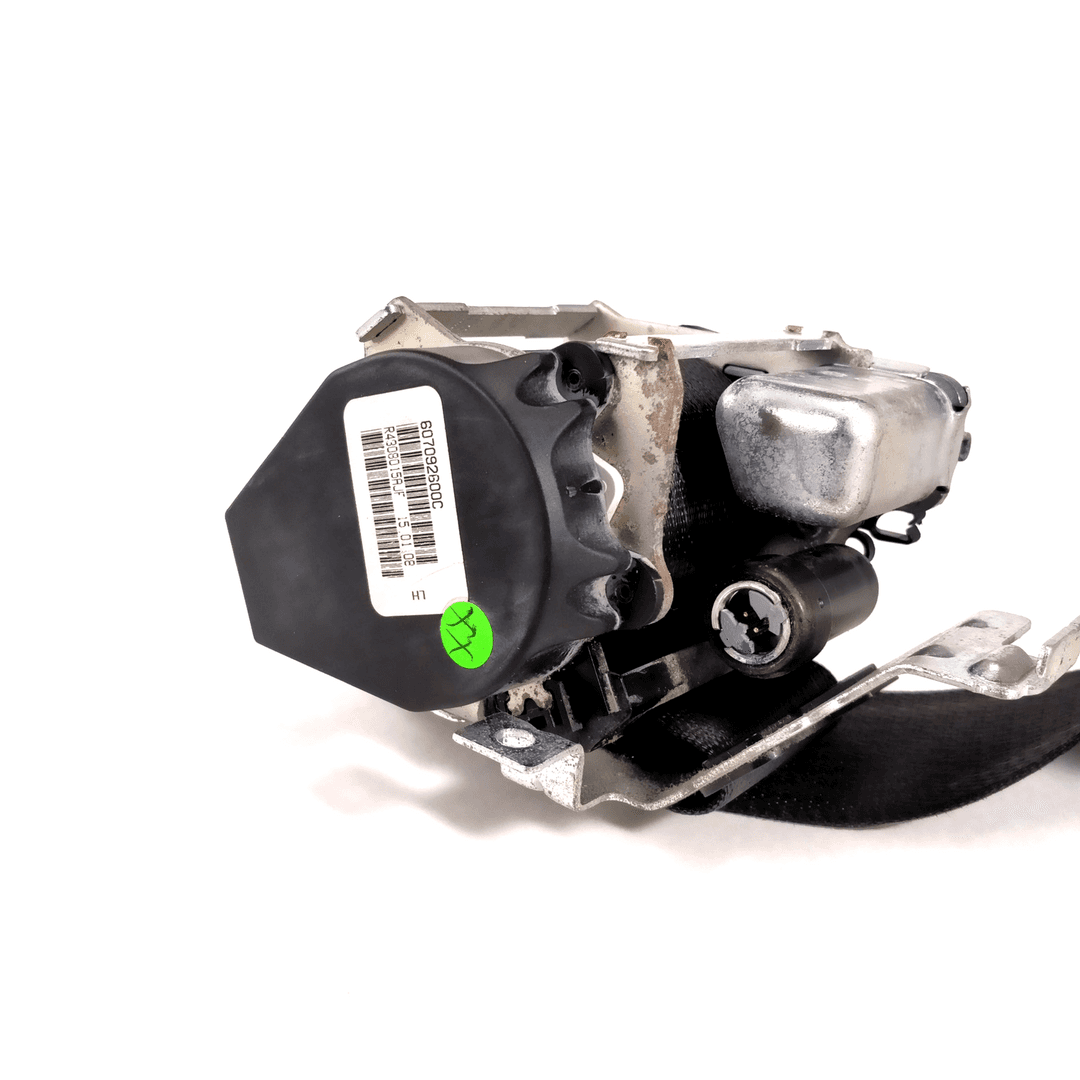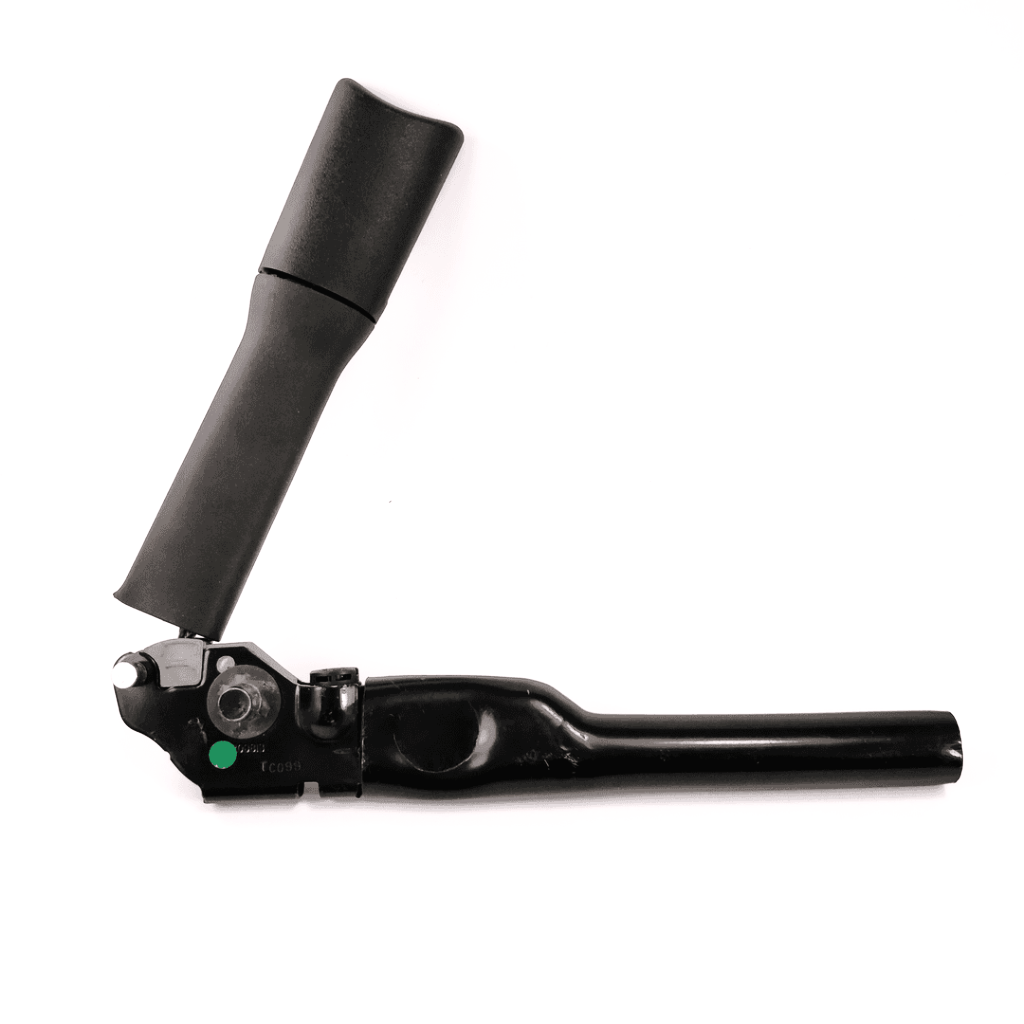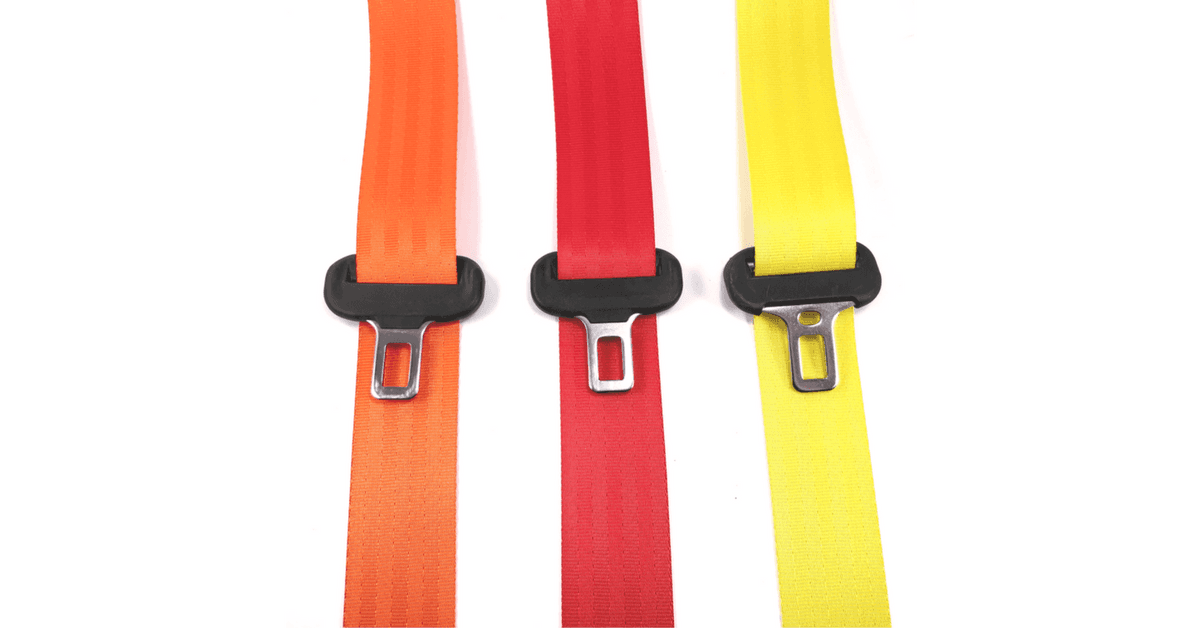Blog Post
Seat Belt Parts
- By Arthur B.
- •
- 09 Apr, 2018
In this article, we are going to break down each part of the seat belt system and how it works.
What makes up a Seat Belt?
Please note: not all seat belt assemblies have all the parts listed below.
Please note: not all seat belt assemblies have all the parts listed below.
Anchor Pretensioner

Anchor Pretensioners are attached to the end of the seat belt webbing and are located on the outside of the front seat
(closer to the door), or they may be anchored to the floor next to the outside of the front seat. When the anchor pretensioner
deploys, it tightens any extra slack in the seat belt retractor, which will secure the occupant tightly against the seat to prevent serious injury or death.
(closer to the door), or they may be anchored to the floor next to the outside of the front seat. When the anchor pretensioner
deploys, it tightens any extra slack in the seat belt retractor, which will secure the occupant tightly against the seat to prevent serious injury or death.
Retractor Pretensioner:

The idea of a seat belt retractor is to tighten up any slack in the seat belt webbing in the event of a car accident and to reduce the load on the occupant in a violent crash. Pretensioners use pyrotechnic devices that are typically controlled by the same sensor system as the airbags and will deploy when the airbags and/or seat belts deploy or when any impact/crash sensors are triggered.
Buckle Pretensioner

Buckle Pretensioners are located on the inner side of the front seat (toward the center of the vehicle) and are commonly referred to as the “female part”. Like the anchor pretensioner, the buckle pretensioner is also designed to tighten up any slack in the seat belt during the event of an accident.
Seat Belt Webbing

Webbing is the part of the seat belt in contact with the passenger that receives and softens the shock of an impact. The width of the webbing is about 48mm and has a tensile strength sufficient to support approximately three metric tons. Be sure to buckle up, it only takes a few seconds to.
“Sent my air bag module to them to be reset and they returned it extremely fast and ready to go. Also VERY pleasant to work with. Thanks.”
Susan C.
“Very fast service! Sent in my seat belts from my 2013 Subaru brz and they were repaired by the next day!! Thank you Pavel and My Safety Belts for your service. Highly recommended”
Daniel O.
Contact us
info@mysafetybelts.com
P:
(855) 552-7233
T:
(413) 564-1242
Our Address:
My Safety Belts Inc.
40 Main Street
Westfield, MA 01085
Our Hours:
Mon-Fri: 9:00AM - 8:00PM EST
Saturday: 9:00AM - 5:00PM EST
Sunday: - We rest
More Information
© 2021 My Safety Belts Inc.


